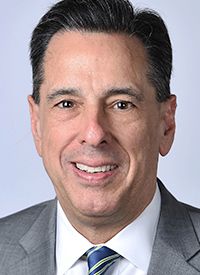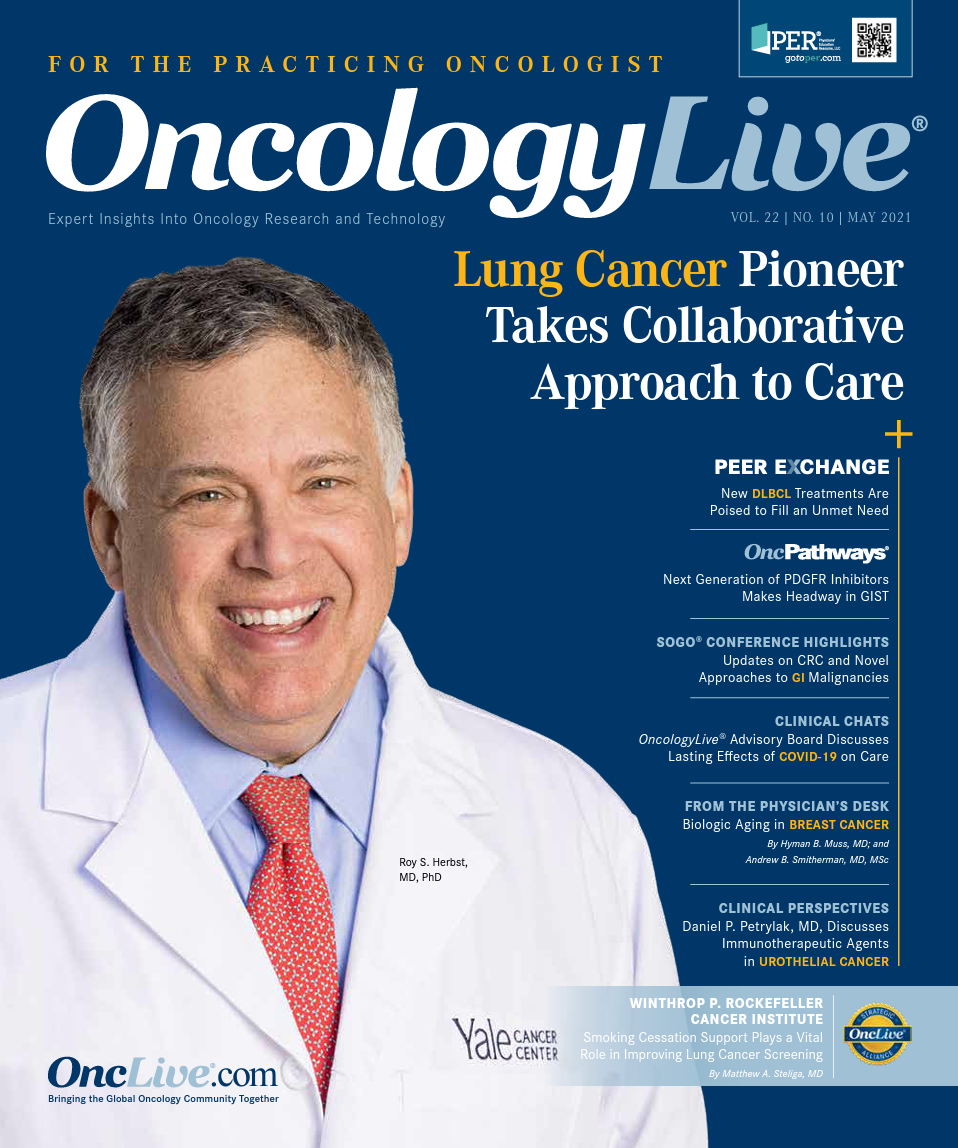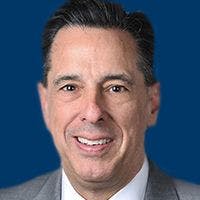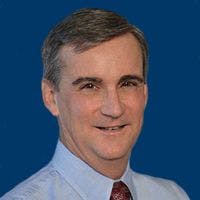Publication
Article
Oncology Live®
Oncology Biosimilar Market Is Growing
Author(s):
Although the United States is behind Europe in terms of biosimilars approved and launched, the FDA is adding more approvals each year—29 since 2014—and 73 additional biosimilar candidates are in clinical trials and/or under FDA review.
Ted Okon, MBA

More biosimilars continue to be prescribed, and price competition is improving. Although the United States is behind Europe in terms of biosimilars approved and launched, the FDA is adding more approvals each year—29 since 2014—and 73 additional biosimilar candidates are in clinical trials and/or under FDA review.
In the hospital community, financial incentives are heavily weighted in favor of biologic reference products, which means that biosimilars in many cases are not even considered, said Ted Okon, MBA, executive director of the Community Oncology Alliance. He quoted from a January 2021 report from Bernstein Financial Advisory, which used a recent federal drug price disclosure mandate to probe what insurers are paying hospitals for the use of reference biologics.
For example, UT Southwestern Medical Center receives $17,241 from Cigna for administering a dose of the Neulasta originator brand of pegfilgrastim, whereas Aetna pays UT Southwestern $6474 per dose. Humana pays Wake Forest Baptist Medical Center $4370 for a dose of the Prolia originator brand of denosumab, whereas UnitedHealthcare pays Wake Forest $2209, according to the Bernstein report. As these data show, because compensation levels can sometimes be high, 30% to 43% of hospitals only carry the innovator products, Okon said.
Okon said the average markups over average selling prices on biologics are 250%. However, markups are often much higher, as indicated by the Bernstein information, especially if the drugs are acquired through the 340B Drug Pricing Program, which is intended to improve access to drugs for patients. Providing a scenario, Okon said it’s possible for a hospital to be paid almost $8000 for a drug whose wholesale cost is $4500, with the payer being charged over $8000 and the patient paying over $2000 out of pocket.
“You can see, especially with 340B, it makes drugs very, very economically attractive, and as a result, biosimilars are not attractive to use,” he said.
Citing information from IQVIA, Okon said the US market for biosimilars stands at $4 billion annually. Growth trajectories for filgrastim biosimilars have been slow but market share growth curves for more recent biosimilars for other products, including bevacizumab, trastuzumab, epoetin, and rituximab, have been very steep, Okon noted. Similarly, price declines due to biosimilar competition are becoming steeper, too.
Drivers holding back the growth of biosimilars include patent battles and restrictive deals that favor innovator products. Okon said pharmacy benefit managers and payers are responsible for the latter. Misconceptions about biosimilars are numerous. These include:
- Patients don’t want to take them
- Physicians don’t know about them
- Physicians won’t prescribe them because they’re not as efficacious as originator products
- Biosimilar naming suffixes and CMS coding for them are stifling growth
- Biologics are “natural monopolies” that shut out biosimilars
To improve access and lower prices, Okon suggested the FDA prioritize and streamline the approval process for biosimilars. He also said that rebate waivers for biologics should be eliminated and 340B drug discounts should be passed along to patients.
“The bottom line is this: the biosimilar market in the United States is growing and it’s producing savings,” Okon said. “But the solution is not price regulating the market. That will destroy not only the biosimilars but also the biologics market.”































